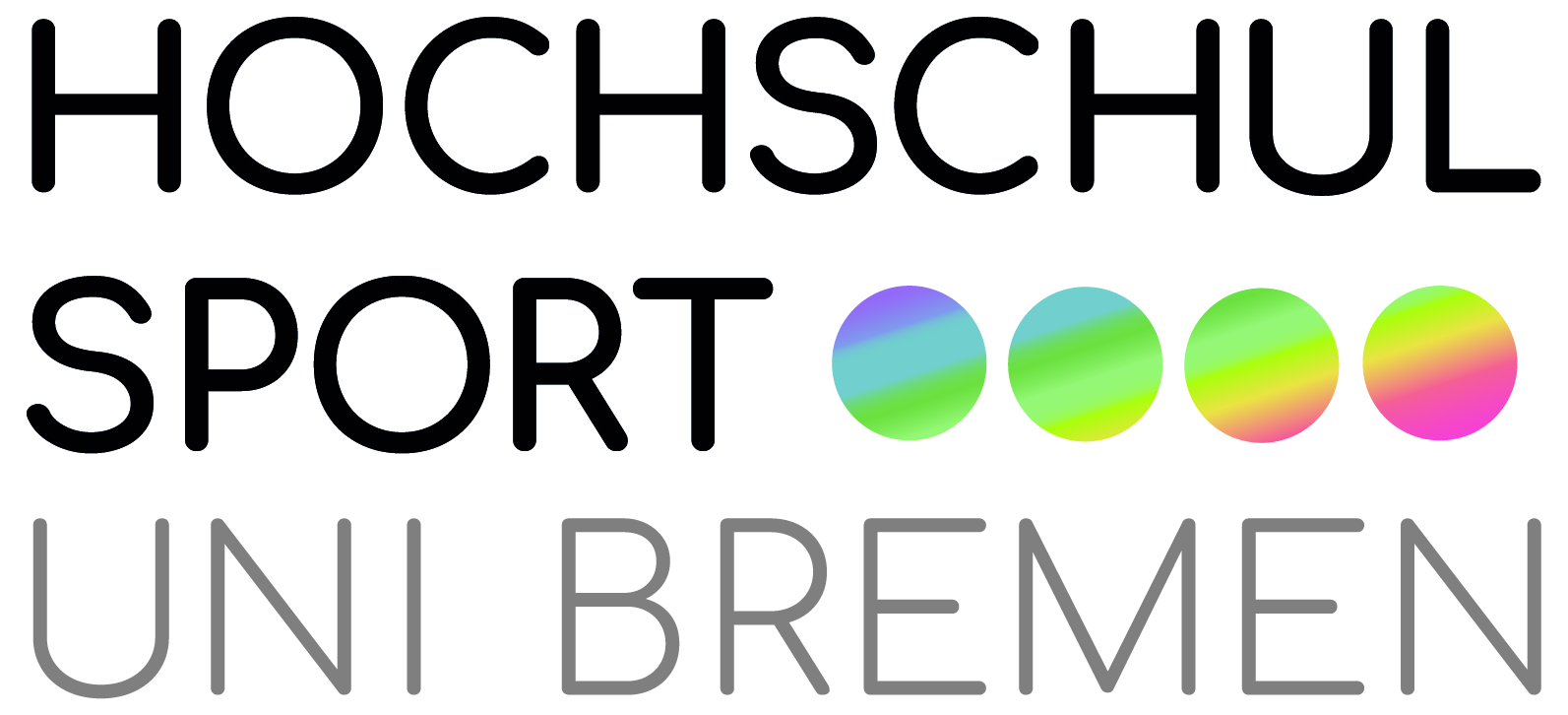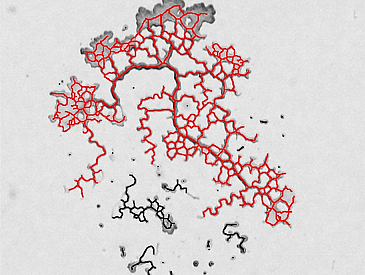Slime mold can be found everywhere in nature. These apparently primitive unicellular organisms have perfected a highly developed strategy for transporting nutrition and information on their environment via an extensive arterial network. Scientists from the University of Bremen and the Mechanobiology Institute Singapore recently co-authored an article for the renowned journal “Physical Review Letters”, in which they describe precisely how this is done. Based on the organism Physarum Polycephalum, they have found out how single separated segments of this organism join together to form a large interconnected arterial network via a process of percolation.
Prof.Hans-Günther Döbereiner and his team from the Department of Physics / Electrical Engineering at the University of Bremen firmly believe that their research findings can also be applied to cancer therapy. The deciphered mechanism of network formation that slime molds use to distribute cell liquid to virtually the whole organism is transferrable to the supply of blood to tumors. By understanding this process, it is possible that cancer therapy can be made more effective because the growth of tumors can be impaired by reducing the blood supply.
In order to arrive at their research results, the scientists in Bremen and Singapore applied precise mathematical tools developed in the area of topology. This branch of mathematics is concerned with the connective characteristics of geometric bodies and general mathematical structures. It is not the shape that is important, but rather the different possible ways in a body. This can be simply represented by a skeleton comprising interconnected pathways and crossings. “Our findings are not only interesting for purely fundamental research in the fields of biological physics and system biology, but also in general for cell and developmental biology. The findings can also find application in medicine, for example for stem-cell and cancer therapy”, says the Bremen biophysicist, Döbereiner, with some confidence.
Relevant reading: Adrian Fessel, Christina Oettmeier, Erik Bernitt, Nils C. Gauthier, and Hans-Günther Döbereiner, Physarum polycephalum Percolation as a Paradigm for Topological Phase Transitions in Transportation Networks, Phys.Rev.Lett. 109, 078103 (2012).
For further information, please contact:
Universität Bremen
Fachbereich Physik / Elektrotechnik
Institut für Biophysik
Prof.Dr. Hans-Günther Döbereiner
e-mail: hgdprotect me ?!biophysik.uni-bremenprotect me ?!.de (in August only mail contact)


